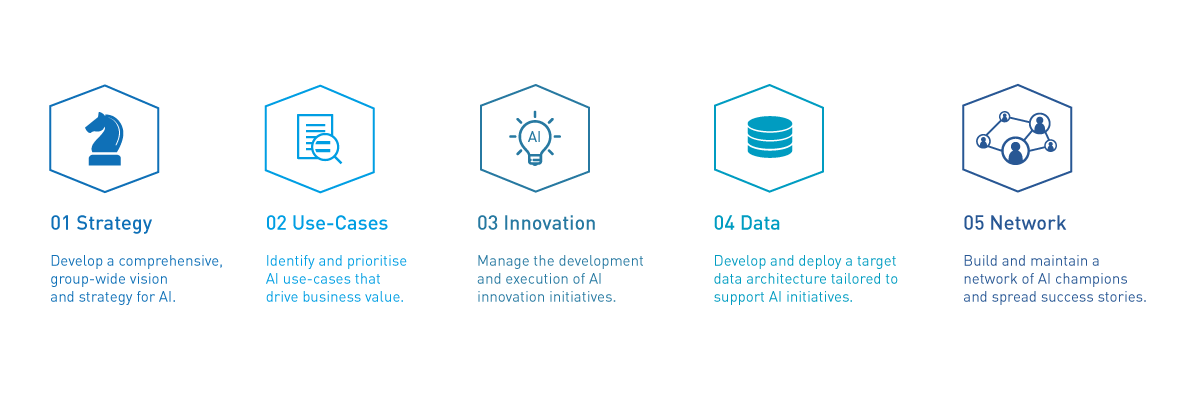AI Competence Centre
Data Science, enhanced by AI and Machine Learning (ML), will significantly influence our future solutions and products. From automating safety-critical workflows and guiding controllers or dispatchers, to enhancing data clarity and detecting anomalies, AI and ML offer a wide range of applications across our product portfolio. The Frequentis Group is actively involved in numerous research projects, and several products already incorporate AI/ML algorithms.
To empower our R&D teams with these advanced technologies, we must share knowledge and data across the group. To achieve this, the Executive Board established the AI Competence Centre (AICC) in 2023, which provides a central hub for AI-related initiatives across the organisation.
The AICC comprises worldwide Frequentis employees involved in data science, whether through research projects, product development, or specific customer solutions. By harmonising AI efforts across the organisation, exchanging expertise and infrastructure, and strategically developing our future product portfolio, the AICC enhances the integration and use of AI technologies to drive business growth and efficiency.
AICC's main responsibilities

Focus areas
Product features
The AICC integrates AI capabilities into the company’s products. This involves close coordination with product managers to ensure AI initiatives align across different teams. By exchanging expertise and establishing a centralised group of data scientists and engineers, the AICC aims to enhance product functionality and performance. Within this key area, we will focus on decision intelligence, computer vision, and language processing.
- Decision intelligence
Decision intelligence combines AI with business intelligence to enhance decision-making processes. These technologies perform tasks such as predictive analytics, optimisations, simulations, and automations to ultimately make faster decisions with greater accuracy and consistency. - Computer vision
Computer vision is a field of AI concerned with visual processing by using machine learning algorithms. It helps computers process and interpret visual input from cameras, videos, or images as humans would. Applications include object detection, facial recognition, and autonomous driving. Natural Language Processing
Natural Language Processing (NLP) is an area of AI helping computers to understand, interpret, and generate human written and spoken language through machine learning or deep learning techniques. Applications such as speech recognition, language translation and text generation use NLP.
New business development
The AICC identifies and develops new business opportunities that can be driven by AI technologies. The work helps internal departments optimise their operations, drive innovation, and ensure that AI technologies are effectively integrated and used across the organisation.
Internal tools
The AICC supports productivity enhancement and operational efficiency through AI. Coordinating closely with the IT department, the AICC aims to boost productivity, achieve efficiency gains through automation, improve operational processes, and generate content. By building on AI technologies to streamline workflows and optimise various internal operations, the AICC ensures that the organisation can operate more efficiently and effectively.


